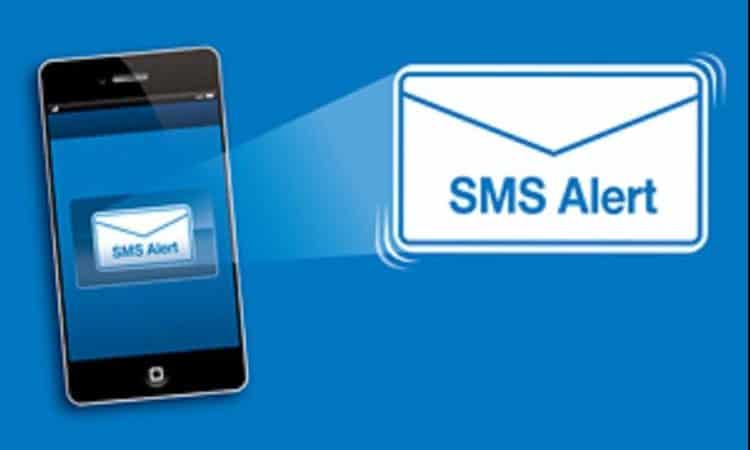
In the dynamic environment of education, effective communication is critical for ensuring the safety and well-being of students and staff. A prominent school district recently implemented an emergency SMS alert system using SequelAlert to enhance their communication strategies during emergencies and critical incidents. Faced with the challenges of coordinating responses across multiple campuses, the district recognized the need for a reliable and efficient alerting system to keep everyone informed and safe.
Before adopting SequelAlert, the school district struggled with outdated communication methods that relied heavily on email and public announcements. In emergency situations, these methods often led to delays in notifying key personnel and parents, which could compromise safety and response times. By implementing SequelAlert as their emergency SMS alert system, the district aimed to streamline communication and ensure that vital information was delivered instantly to all relevant parties.
This article explores how the school district successfully integrated SequelAlert into their operations, leading to improved incident management and enhanced safety protocols across their campuses.
Identifying the Challenges
The school district faced several challenges with their existing communication strategy. During past incidents, notifications were often delayed, leaving staff and parents unaware of critical situations such as weather-related closures or safety threats. The reliance on emails and public announcements meant that important information could become lost or overlooked, increasing anxiety among parents and staff during emergencies.
Recognizing the need for a more effective solution, the district sought a system that could provide immediate alerts to teachers, administrators, and parents. They needed a solution that ensured urgent notifications reached the right individuals without delay. This led them to SequelAlert, which offered a robust emergency SMS alert system tailored for high-pressure environments like schools.
Implementing SequelAlert
After selecting SequelAlert, the school district began the implementation process by customizing the system to fit their specific needs. They established various alert categories, including emergency notifications, weather alerts, and operational updates. This categorization allowed them to prioritize alerts based on urgency and ensure that the right people received timely information.
The integration process involved configuring recipient groups, which included teachers, administrators, and parents. By leveraging SequelAlert’s capabilities, the district ensured that alerts were clear, actionable, and directed to the appropriate individuals. This targeted approach minimized confusion and ensured that everyone was informed of critical incidents as they unfolded.
Training and Community Engagement
To maximize the effectiveness of SequelAlert, the school district invested in training for staff and engaged parents in the process. They organized workshops to familiarize teachers and administrators with the new system, emphasizing the importance of prompt responses to alerts. By involving staff in the training, the district fostered a culture of preparedness and accountability.
Additionally, the district communicated the benefits of the emergency SMS alert system to parents, reassuring them that they would receive timely updates regarding any incidents affecting their children. This engagement helped build trust within the community and ensured that parents felt informed and involved.
Results and Impact
Following the implementation of SequelAlert, the school district experienced significant improvements in their communication during emergencies. Alerts were delivered instantly to the mobile devices of staff and parents, allowing for rapid dissemination of critical information. This capability proved invaluable during situations such as severe weather warnings or lockdowns, where quick action is essential to ensure safety.
The district reported a marked increase in the effectiveness of their emergency response protocols. Staff could now respond to alerts in real time, allowing them to take the necessary actions to protect students and maintain order. The streamlined communication facilitated by the emergency SMS alert system empowered educators to focus on student safety while ensuring that parents were kept informed throughout the process.
Continuous Improvement
Recognizing the importance of continuous improvement, the school district established a framework for regularly assessing the effectiveness of SequelAlert. They conducted periodic reviews of alert configurations, response times, and overall system performance. This commitment to ongoing evaluation ensured that the alerting system remained aligned with the evolving needs of the district.
Moving forward, the district plans to explore additional features and integrations within SequelAlert to further enhance their incident management capabilities. By leveraging data analytics and reporting, they aim to refine their communication processes and improve their overall emergency preparedness.
Conclusion
The success story of this school district illustrates the transformative impact of implementing SequelAlert as an emergency SMS alert system in the education sector. By streamlining communication, improving incident response times, and fostering a culture of safety, the district significantly enhanced its operational efficiency and community trust.
As educational institutions continue to navigate the complexities of today’s environment, investing in robust alerting systems like SequelAlert is essential for ensuring that critical information reaches the right people when it matters most.















